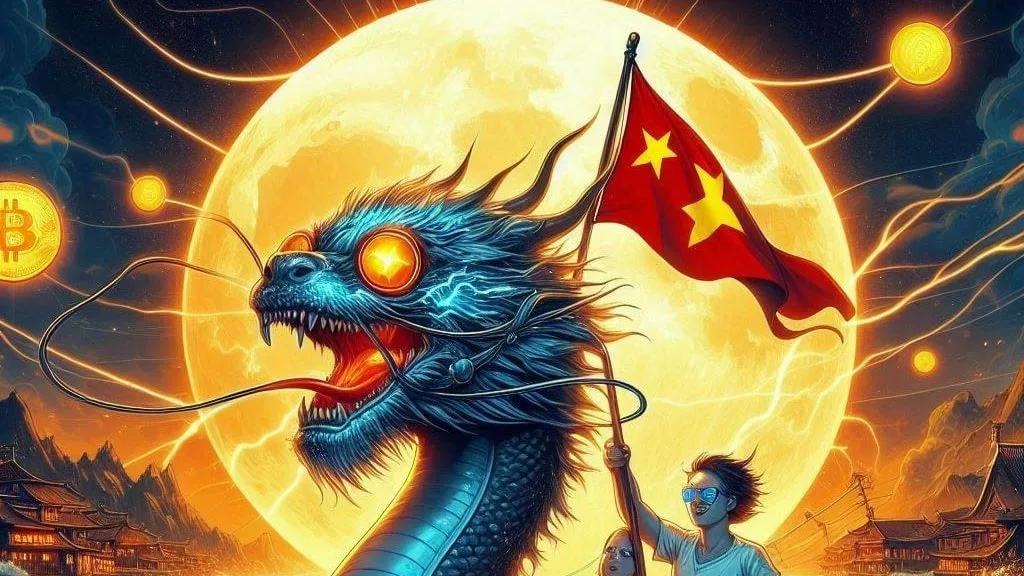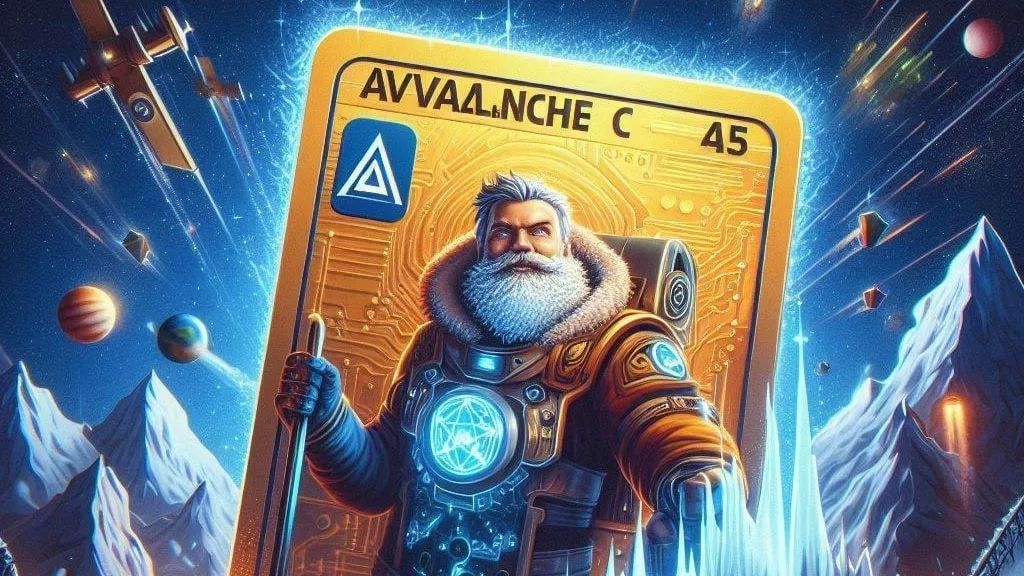
Shiba Inu (SHIB), one of the most popular coins, has captured the attention of investors and crypto enthusiasts alike. Central to the ongoing narrative of its price evolution is the concept of “SHIB burns.” The burning of tokens, aimed at reducing the circulating supply of SHIB, plays a pivotal role in shaping the value of the cryptocurrency. This process, while promising, raises questions about its true impact on Shiba Inu’s price in the long run.
What is Token Burning?
Token burning refers to the deliberate removal of a cryptocurrency from circulation by sending it to a burn address — a wallet from which it can never be retrieved. This is a common practice in the crypto world to manage inflation, control supply, and enhance scarcity. As the supply of a given token shrinks, the remaining tokens’ value could increase, assuming demand remains stable or grows. The idea is that by reducing the total available supply, the token becomes more scarce and potentially more valuable over time.
The Supply Challenge of Shiba Inu
Shiba Inu, it faced an immediate issue with its enormous supply. Initially, the project created a staggering 1 quadrillion SHIB tokens, making it incredibly difficult for the token to reach high price targets like $0.01 or $1. Even though SHIB can trade in fractions of a cent, its market capitalization remains vast due to the immense circulating supply. In contrast, Bitcoin has a fixed supply of 21 million coins, which creates a different dynamic in its price structure.
To counteract the oversupply issue, the Shiba Inu development team and community began implementing several burning strategies. These efforts are designed to gradually reduce the circulating supply and foster an environment of scarcity, which could, in turn, elevate SHIB’s value.
Notable Burning Events
One of the most significant burns in Shiba Inu’s history occurred when the project’s team sent half of the total supply to Ethereum co-founder Vitalik Buterin. Rather than selling or holding these tokens, Buterin decided to burn 90% of his holdings, which were worth about $7 billion at the time. The remaining 10% was donated to a COVID-19 relief fund in India. This massive burn event had a huge impact on SHIB’s supply and further established the project’s deflationary nature.
Mechanics of SHIB Burns
SHIB burns happen through both manual and automated processes. Manual burns involve community members sending their SHIB tokens to designated burn wallets during special events or campaigns. These community-driven initiatives contribute to lowering the total supply over time.
In addition to manual burns, Shiba Inu’s ecosystem also benefits from automated burns. The Shiba Inu team developed Shibarium, a Layer-2 blockchain, which includes an automatic burn feature. A portion of every transaction fee on Shibarium is used to purchase and burn SHIB tokens, ensuring a constant reduction in the token supply as the blockchain gains more activity. Platforms like Shibburn track and report these burn activities, offering real-time insights into the number of tokens being removed from circulation.
As of now, over 410 trillion SHIB tokens have been burned, leaving roughly 583 trillion tokens in circulation.
Price Potential and Challenges
While burning tokens can reduce supply and create scarcity, reaching price targets like $0.01 or $1 remains highly unlikely unless significant changes occur. For SHIB to reach $1, its market capitalization would need to surpass $589 trillion, a figure that is far higher than the global economy itself.
Moreover, the current burn rate is not fast enough to generate immediate price surges. If the pace of burns does not accelerate, achieving such ambitious price goals would require thousands of years. Investors may also be hesitant to burn their holdings, as doing so means destroying assets without any guaranteed return on investment.
Conclusion: The Role of Burns in SHIB’s Future
While SHIB burns undoubtedly help to decrease the token supply and can generate interest in the Shiba Inu ecosystem, they are not a guarantee of massive price increases. To truly achieve significant long-term growth, SHIB will need to expand its use cases and demonstrate real-world utility. Shiba Inu’s team is actively working on integrating SHIB into applications within the gaming and metaverse sectors, as well as pushing for wider adoption by businesses. As more companies accept SHIB as a form of payment, its role in the broader digital economy will likely grow, further legitimizing its value.
Ultimately, the Shiba Inu community’s efforts to reduce supply through burns is a key component of the project’s strategy. However, to achieve substantial price increases, ongoing innovation and widespread adoption will play just as critical a role.



Get the latest Crypto & Blockchain News in your inbox.